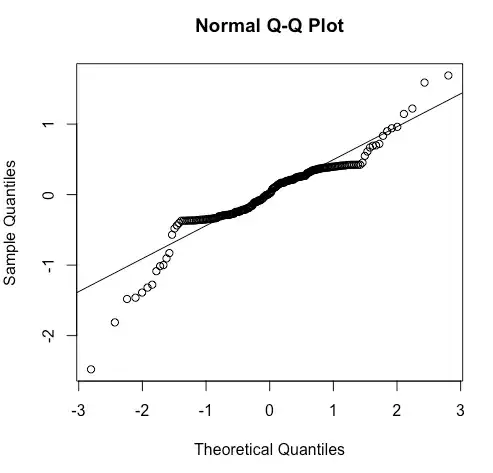Pearl et al. "Causal Inference in Statistics: A Primer" (2016) p. 61 presents the backdoor criterion:
Definition 3.3.1 (The Backdoor Criterion) Given an ordered pair of variables $(X,Y)$ in a directed acyclic graph $G$, a set of variables $Z$ satisfies the backdoor criterion relative to $(X,Y)$ if no node in $Z$ is a descendant of $X$, and $Z$ blocks every path between $X$ and $Y$ that contains an arrow into $X$. If a set of variables $Z$ satisfies the backdoor criterion for $X$ and $Y$, then the causal effect of $X$ on $Y$ is given by the formula $$ P(Y=y|do(X=x))=\sum_{z} P(Y=y|X=x,Z=z)P(Z=z) $$ just as when we adjust for $\text{PA}(X)$.
It then adds in parentheses:
Note that $\text{PA}(X)$ always satisfies the backdoor criterion.
The latter note is not obvious to me. Consider a DAG that is a simple chain $$ Z \rightarrow X \rightarrow Y $$ Here, $\text{PA}(X)=Z$. At the same time, there is no backdoor path between $X$ and $Y$, so $Z$ does not block any. Question: How come $Z$ satisfies the backdoor criterion then?
